1. Rattan and Wicker Everything
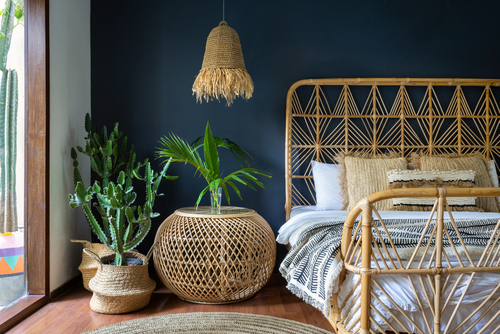
Once thought of as a 1980s sunroom cliché, rattan and wicker furniture have made a full comeback. Designers now love their natural texture and boho versatility, using them in everything from accent chairs to light fixtures. What used to scream “grandma’s Florida condo” now adds a relaxed, organic touch to modern spaces. The key difference today is pairing it with neutral palettes and clean lines, which makes it feel intentional instead of dated.
Rattan’s popularity ties into the broader trend toward sustainable and natural materials. It’s lightweight, eco-friendly, and surprisingly durable, which appeals to modern homeowners. Even IKEA and West Elm have entire collections that lean on wicker’s warmth and texture. Turns out Gen X’s favorite tropical touch was just ahead of its time.
2. Glass Block Walls
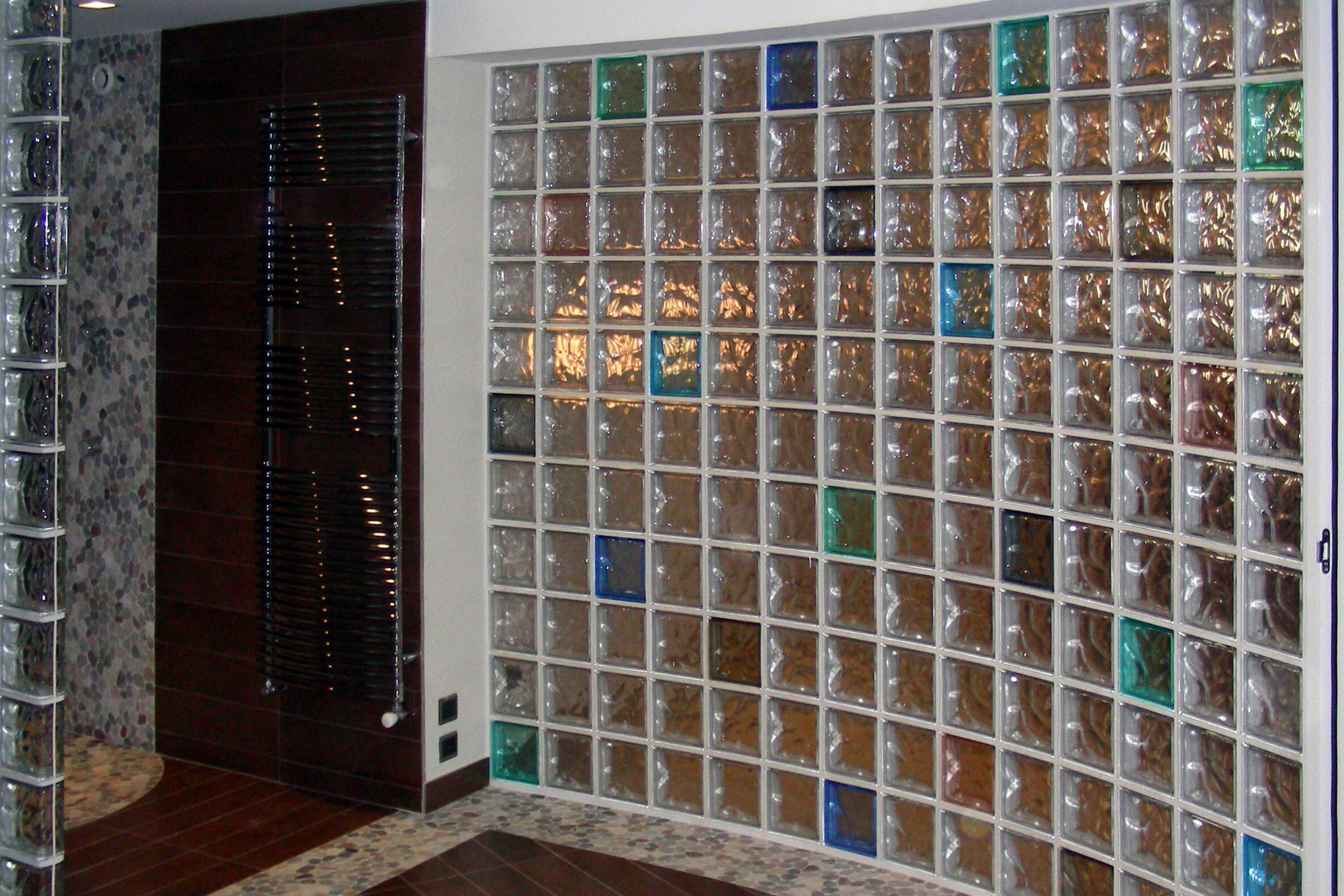
In the ’80s and early ’90s, glass blocks were everywhere—from bathrooms to basement bars—and then they vanished. But they’re back, reimagined as chic architectural features that play with light and texture. Today’s designers use them to divide spaces without losing natural light, giving homes a retro-meets-minimalist feel. What was once dismissed as cheesy now reads as bold and sculptural.
Glass blocks appeal to the current obsession with diffused light and semi-transparency. They’re practical, too, offering privacy while keeping spaces bright. In a world of open-concept fatigue, they create just enough separation without feeling claustrophobic. Gen Xers who never got around to tearing theirs out might be feeling pretty smug right now.
3. Terrazzo Floors
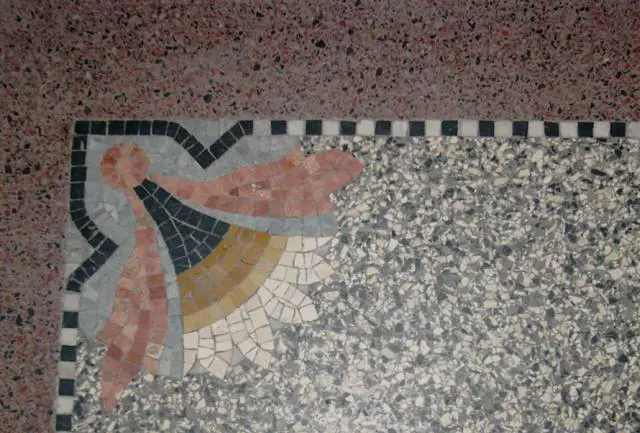
Terrazzo was once a budget-friendly alternative to marble, common in schools, airports, and mid-century homes. After falling out of favor in the ’90s, it’s now celebrated as an artisanal, eco-conscious surface. Designers love its playful speckles and endless color combinations, which add personality to sterile modern interiors. What Gen X saw as dated linoleum vibes, Gen Z sees as custom luxury.
The revival makes sense: terrazzo is durable, low-maintenance, and sustainable. Companies now even make terrazzo-look tiles and countertops for affordable retro flair. It works beautifully in bathrooms, kitchens, and entryways. Those speckled floors that once embarrassed homeowners are now Instagram gold.
4. Brass Fixtures
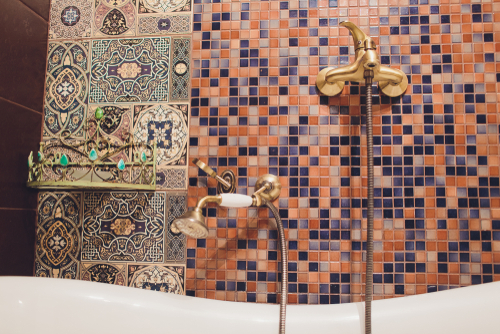
Remember when everyone swapped brass for brushed nickel in the early 2000s? Gen X certainly does. But brass has returned in a big way, now prized for its warm undertone and vintage charm. Modern brass finishes are subtler—think aged or satin rather than shiny and yellow.
Designers use brass to add warmth to cool-toned spaces, pairing it beautifully with marble, navy, and matte black. It creates a sense of luxury without feeling too formal. Even minimalists appreciate a touch of brass for contrast and character. The moral: sometimes trends just need a little patina to feel timeless.
5. Oak Cabinets
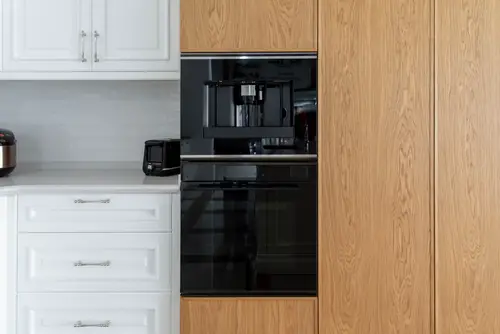
Oak kitchens were the hallmark of Gen X homes—sturdy, golden, and everywhere. Then came the white shaker revolution, and oak was out faster than you could say “granite countertop.” But in recent years, designers have embraced oak again, especially in lighter, natural finishes. Now it’s praised for its grain, warmth, and connection to nature.
This resurgence fits perfectly with the “organic modern” aesthetic. Oak pairs easily with stone, matte black hardware, and minimalist layouts. Instead of yellow-orange tones, today’s oak leans soft and neutral. Gen X’s once “dated” kitchens were really just waiting for their redemption arc.
6. Patterned Wallpaper
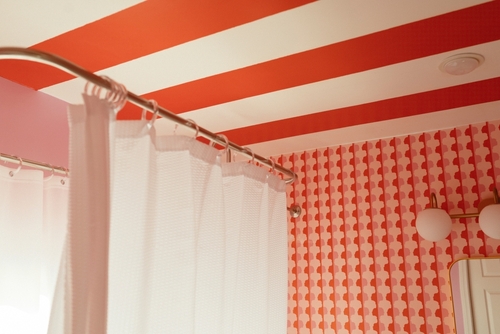
Wallpaper took a nosedive after the ’90s floral explosion, but it’s back—and louder than ever. From moody botanicals to geometric prints, designers now treat wallpaper as art. Peel-and-stick options make it easy for renters or commitment-phobes to experiment. What used to feel fussy now feels fearless.
The appeal lies in personality: after years of minimalist walls, people crave texture and color. Accent walls, powder rooms, and even ceilings are fair game. Technology has made wallpaper easier to apply and remove, eliminating one of Gen X’s biggest complaints. Turns out, a little pattern never really goes out of style—it just takes a breather.
7. Mirrored Furniture
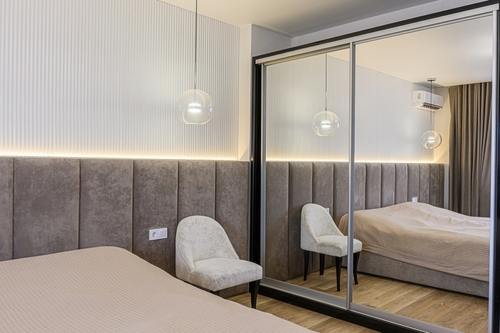
Mirrored dressers and vanities once screamed “glam 1980s excess.” But today, they’ve evolved into statement pieces that bring light and dimension to smaller spaces. Designers use mirrored surfaces strategically to reflect natural light and make rooms feel bigger. When mixed with matte textures, the look feels luxe rather than gaudy.
This trend’s comeback ties into the return of Art Deco influences. People are craving glamour again, but in a more refined, balanced way. Mirrored accents now coexist beautifully with minimalist or vintage pieces. Gen X’s mirrored nightstands? They’re shining again—literally.
8. Houseplants Galore

Gen X homes were filled with spider plants, ferns, and pothos before “plant parenthood” was a thing. Today’s indoor jungles owe a lot to that early greenery obsession. Plants soften modern interiors, improve air quality, and connect us to nature—a timeless combo. What once seemed cluttered now feels like self-care.
The biophilic design movement has made plants essential in interior design. Even faux options have gotten impressively realistic. Hanging planters, oversized fiddle-leafs, and trailing vines echo Gen X’s greenery aesthetic, but with a curated twist. So yes, that macramé plant hanger deserves another round.
9. Track Lighting
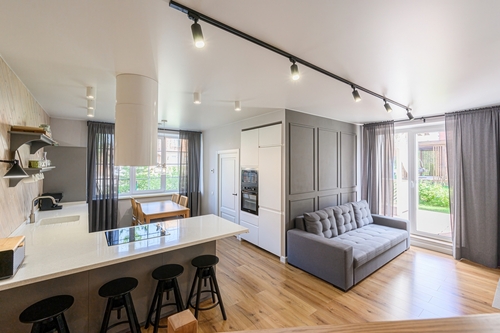
Track lighting used to feel dated and harsh, but modern designs are sleek, flexible, and energy-efficient. Designers love using adjustable tracks to spotlight art or create mood lighting. What was once a builder-basic choice is now considered customizable and contemporary. The difference is all in the execution and the bulbs.
Today’s LED technology allows for dimming, warmer tones, and minimal profiles. It’s perfect for open-concept spaces where lighting zones matter. Even high-end homes feature track systems for their versatility. Gen X’s practical lighting choice turned out to be futureproof.
10. Wall-to-Wall Carpeting (in Bedrooms)
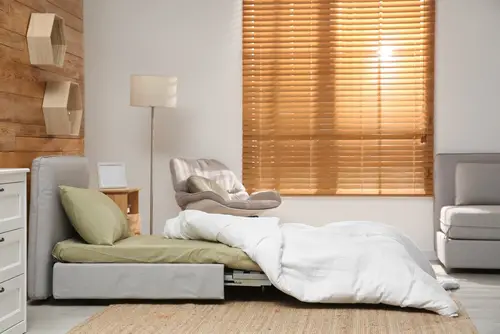
Once banished in favor of hardwood, carpet is finding its way back—at least in cozy spaces. Bedrooms benefit from the softness, warmth, and sound absorption that carpet provides. The new generation of carpets offers better materials, patterns, and eco-friendly fibers. What used to feel suburban now feels indulgent.
Carpet adds a tactile comfort that hardwood can’t match. With neutral tones and low piles, it complements minimalist furniture beautifully. Designers often use it to define intimate zones in otherwise hard-surfaced homes. Gen X knew that stepping onto a soft floor first thing in the morning just feels right.
11. Accent Walls
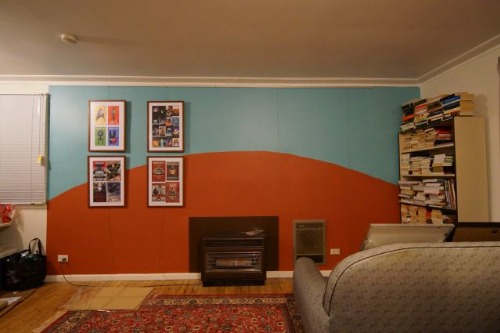
The accent wall was a Gen X staple, often in a bold red or forest green. For years, it was seen as too “try-hard,” but it’s back with a subtler, more artistic approach. Now, accent walls feature textured plaster, wood slats, or even bold wallpaper instead of just paint. It’s a way to express personality without overwhelming a room.
Designers appreciate the flexibility of this trend—it’s a commitment-light form of creativity. It also frames focal points like fireplaces, headboards, or shelving units. With the right materials, an accent wall can look custom-built. Gen X might’ve started it, but modern design finally perfected it.
12. Pottery and Ceramics
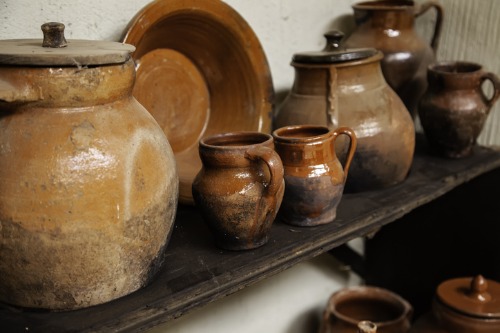
Gen X homes often showcased handmade pottery—planters, vases, and art pieces that added earthy character. Those same vibes are dominating décor again, especially with the popularity of small-batch artisans and Etsy creators. The charm lies in imperfection: every piece feels unique. What once looked rustic now feels elevated.
The modern twist is how pottery is displayed—grouped artfully on open shelves or in minimalist spaces. Natural materials and organic forms balance sleek furniture and tech-heavy homes. It’s the ideal blend of craftsmanship and calm. Gen X’s pottery collections were the original “slow design” statement.
13. Warm Color Palettes
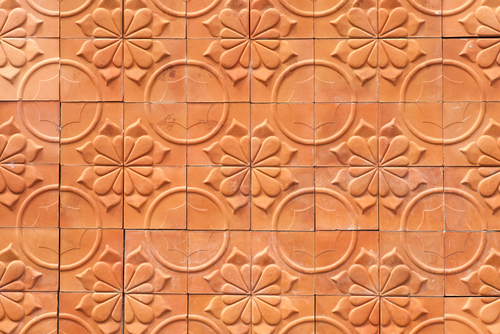
In the 1990s, homes were filled with taupe, terracotta, and creamy neutrals—then gray took over for a decade. Now the warmth is back, with rich earthy tones leading the charge. Designers say these hues create a sense of comfort and nostalgia. It’s a full-circle moment for Gen X, whose palettes suddenly look sophisticated again.
Warm tones pair beautifully with today’s natural materials and layered textures. They make spaces feel lived-in and welcoming instead of sterile. Even high-end brands like Benjamin Moore and Farrow & Ball are leaning into clay, sand, and cinnamon shades. Gen X didn’t lose the color war—they just waited it out.
14. Built-In Shelving
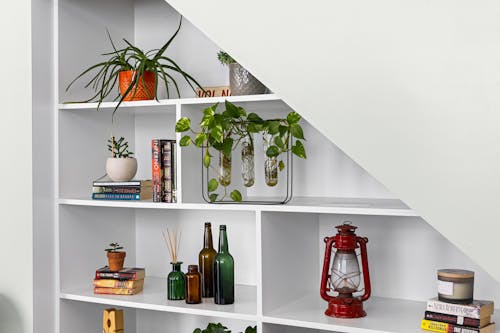
Custom built-ins were a Gen X status symbol, showing off both craftsmanship and book collections. Later, minimalism pushed them aside in favor of floating shelves. But with the current “curated maximalism” trend, built-ins are back and better than ever. They provide storage, personality, and architectural depth all at once.
Designers now use built-ins to blend form and function seamlessly. Whether framing a fireplace or creating a home library, they anchor a space beautifully. The mix of decor, books, and personal artifacts makes them deeply individual. Gen X’s built-in obsession never really died—it just went into hibernation.
This post 14 Gen X Decor Trends That Accidentally Aged Perfectly was first published on Greenhouse Black.
